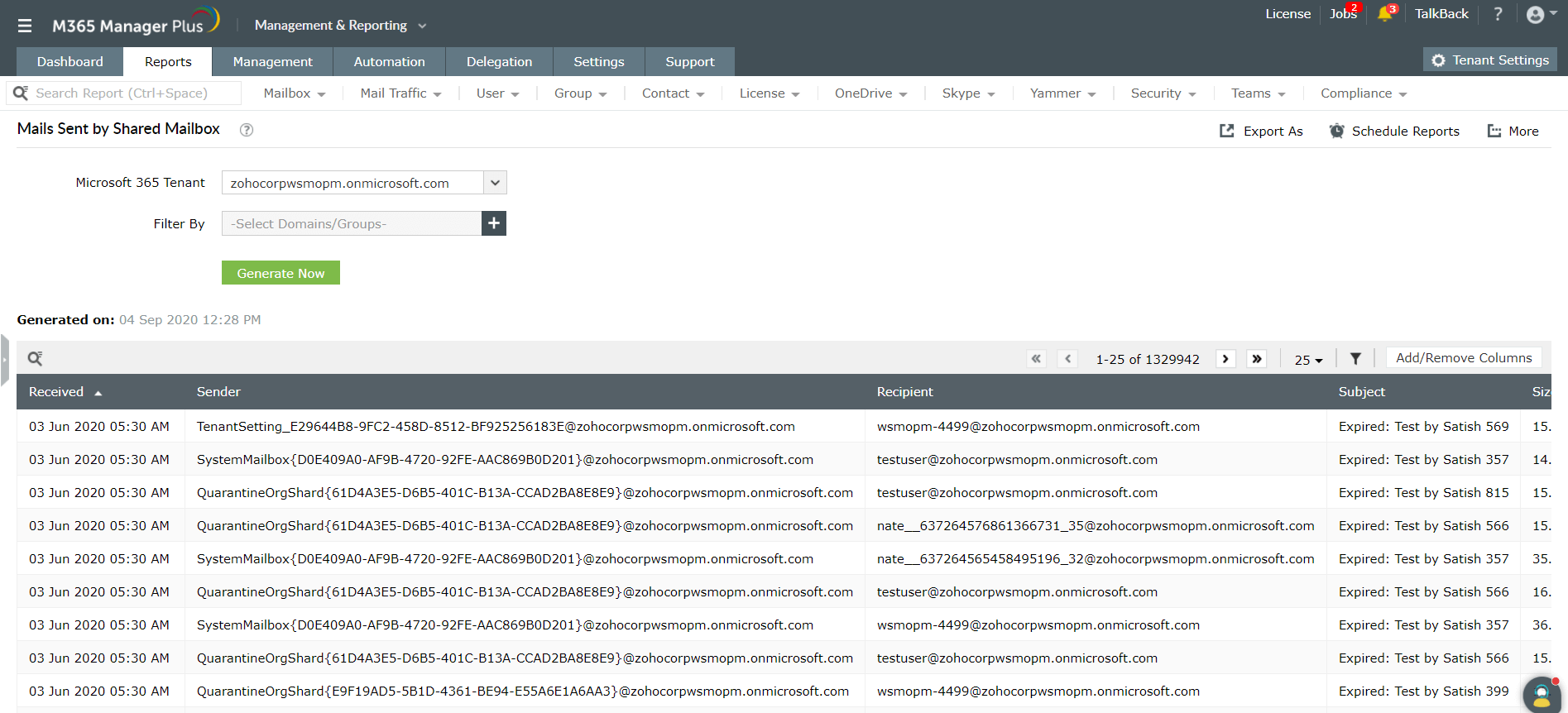

Now that we understand the assignment of mailbox permissions, let’s consider how to notify mailbox owners about added permissions. To see what permissions are set for a mailbox, use the Get-ExoMailboxPermission and Get-RecipientPermission cmdlets: Get-ExoMailboxPermission -Identity AccessRights In both cases, the options are equivalent to using the Add-MailboxPermission cmdlet to grant full access (Read and Manage) to the mailbox, and the Add-RecipientPermission to allow someone to send email from the mailbox using SendAs (impersonate the mailbox owner) or Send on Behalf Of (marked as sent by the user assigned the permission). The Microsoft 365 admin center interface is different but has the same effect.

Select the desired permission and search for the user(s) to receive the permission (Figure 1), then click Save to make the assignment.įigure 1: Adding mailbox permissions with EAC The PowerShell Option Three permissions are available, all of which are well-known to Exchange administrators because they’ve been in the product for many years.Ĭollectively, these are known as delegate permissions because they allow users to delegate some email processing to other people. In the EAC, select the user mailbox and access mailbox permissions. The Microsoft 365 admin center and Exchange admin center (EAC) both include GUI for this purpose. The article is about permissions granted for user mailboxes, but Exchange Online also supports granting permissions for shared and group mailboxes. To level set, let’s review how administrators grant permissions to a mailbox.


But we can do some PowerShell magic to generate notifications about permission grants. Although a user could check themselves with PowerShell (see below), there’s no option in any Outlook client to highlight access by other users. Making Sure Users Know Who Can Access Their MailboxĪ reader asks if it is possible to have Microsoft 365 notify users (through email) when administrators grant permissions for their mailbox to other people.


 0 kommentar(er)
0 kommentar(er)
